Sree Metaliks Limited is here again with an exclusive post. This post will introduce you to Direct Reduced Iron (DRI) and its production process. So, please continue reading below to know more about it.
|
Table of Content
|
What is Direct Reduced Iron (DRI)?
Direct Reduced Iron is formed after the direct reduction of iron ore. The processes used to manufacture the DRI are known as the direct reduction processes. The reducing agents used in this process are hydrogen and carbon monoxide. The DRI process involves a reduction chemical reaction that involves the removal of oxygen.
The direct reduction process results in solid metallic iron directly from solid iron ore. It is defined as the reduction in the solid state that reduces iron oxides to the corresponding elements. This reduction is carried out in a solid state. Hence, there is very little chance for the elements to get dissolved in the reduced elements. This leaves the oxides remaining unreduced. Direct Reduced Iron has a porous structure as it is produced by the elimination of oxygen from the iron ore. It is also known as sponge iron, as it has pores like a sponge. These pores increase the internal surface area of the DRI. The internal surface area of DRI is 10,000 times greater than that of solid iron.
Direct Reduced Iron is produced in various forms like pellets, lumps, cold briquetted iron (CBI), fines and hot briquetted iron (HBI). CBI and HBI are densified forms of DRI that make handling these iron forms easier. HBI is produced under high pressure and a temperature exceeding 650?. The surface of HBI has minimum pores that limit the reaction with air. HBI also has high thermal conductivity.
Also Read: All About the Production of Sponge Iron
DRI Processes
The DRI processes involve mixing prepared iron with a reductant. It also involves heating the ore to a temperature that is needed to achieve adequate reduction rates. The reductant used in this process can be a gas or solid. The DRI processes are of two types- gas-based and coal-based.
Gas-Based DRI Process
The gas-based DRI production process uses a vertical shaft kiln. The iron ore is fed on top of this kiln, and the resulting sponge iron is collected from its bottom. Reducing gas passes over an ore bed and is then recirculated after reforming and heating to create a mixture of carbon dioxide and hydrogen. Finally, in a reformer, it's heated again until reaching around 950?- the required temperature for reduction reactions to take place in the shaft furnace. Metal feed falls downward due to gravity into the furnace before being reduced by upward-flowing gases that compress it further into smaller particles for combustion in the shaft furnace.
Gas-based processes are straightforward to run and consist of just three key steps -
- Iron ore reduction
- Gas preheating
- Natural gas reforming
Gas-based DRI processes use gaseous fuels like natural gas with high methane concentration as its base component to produce hydrogen and carbon dioxide mixtures that can then be cracked or reformed into a hydrogen-rich mixture, typically enhanced through transformation before being heated before passing through a shaft DR furnace for transfer.
Read more: How Is Iron Ore Processed into Pellets?
Coal-Based DRI Process
The coal-based DRI processes use coal as the substrate material. In this, reduction reactions take place using a slightly inclined rotary oven, which uses direct reduction at temperatures that remain between 1,000? to 1,100?. To facilitate direct reduction, coal, and iron ore feed materials are fed into the same kiln at once, and as they progress forward, the balance between carbon oxidation in coal and carbon monoxide gas is precisely balanced as feed material advances through. A temperature profile between 800? up to 1050? is maintained throughout its entirety as feed material drops due to gravity effects; ore quantities decrease as feed material is reduced due to gravity effects reducing ore levels in various points within its entirety kiln.
After discharging from a kiln, DRI and a mix of char are then cooled using an external water cooling system at temperatures between 100? to 200? using a rotary cooler equipped with external water cooling systems. Once cool enough to touch, these products are separated magnetically before screening to separate magnetically; DRI, being magnetic, attracts and is extracted from non-magnetically charged char. Finally, dissociated DRI can then be divided into +3 mm fraction and - 3-millimetre fraction, with the latter usually being briquette using binding agents.
|
|
|
|
|
|
|
|
|
|
|
|
|
|
|
|
|
|
|
|
|
|
|
|
|
|
|
|
|
|
|
|
|
|
|
|
|
|
|
|
Advantages of DRI
-
DRI has low phosphorus and sulphur content.
- It facilitates the dilution of metallic residuals during steelmaking.
- It has a uniform size.
- DRI has a uniform composition.
Also Read: All Information You Need For Iron Ore Beneficiation
Summing Up
Sree Metaliks Limited understands the advantages of Direct Reduced Iron. Hence, we produce it with utmost precision. Our manufacturing processes are constantly overlooked to ensure high-quality products. One more reason that makes us a leading manufacturer is that we offer cost-effective products.
For more information, please reach out to us at: Sales@sreemetaliks.com

.jpg)